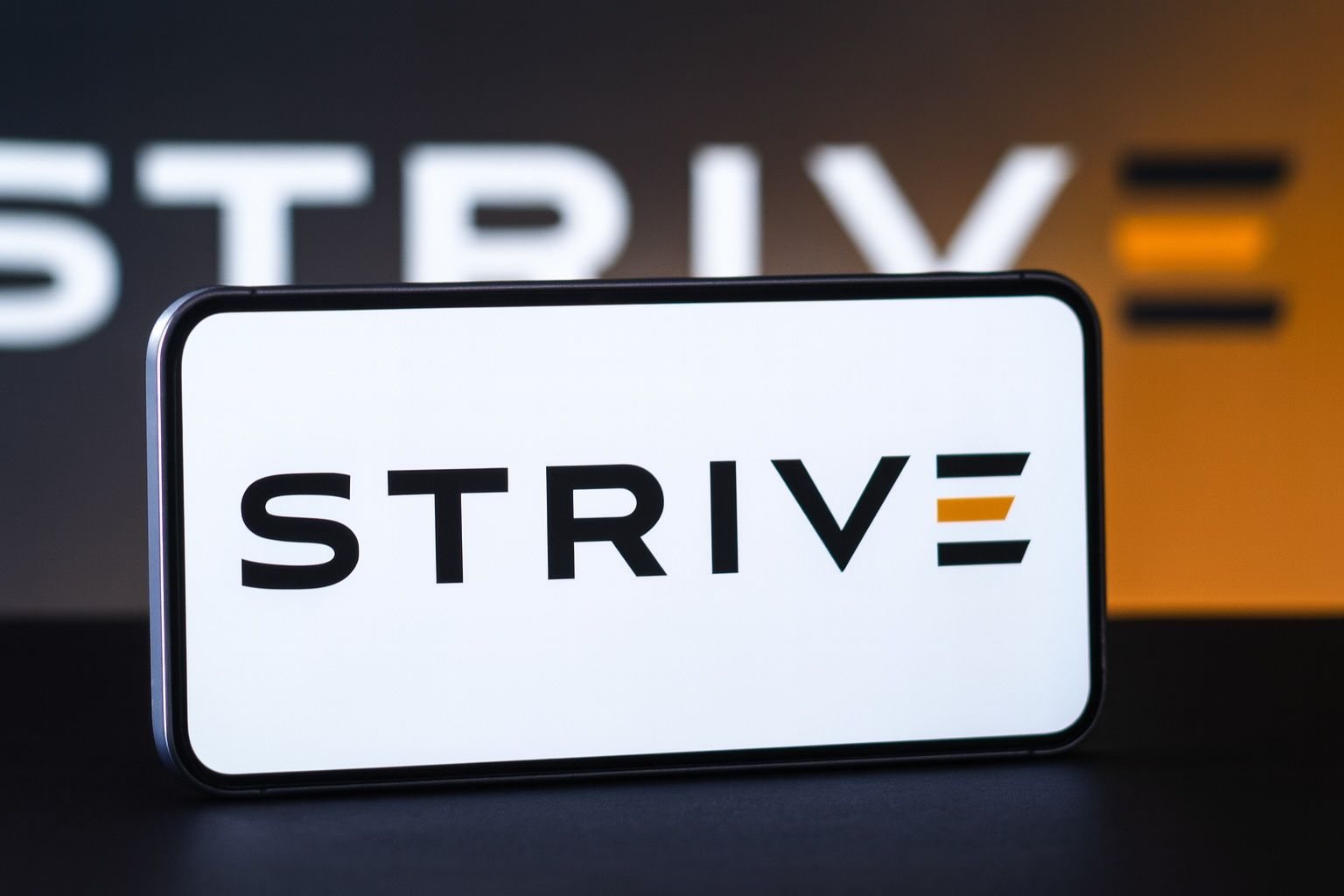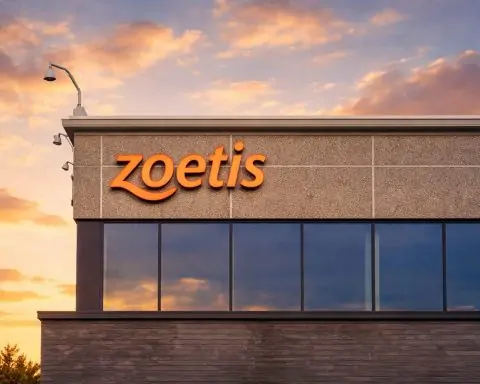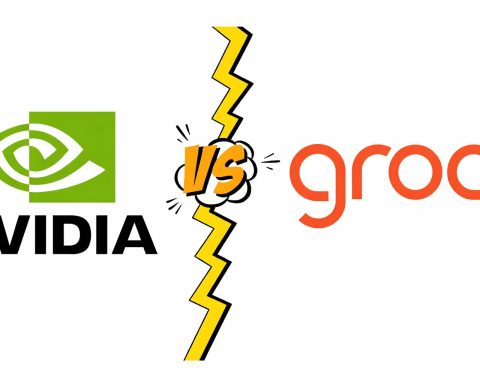- Stock Price (Oct 24, 2025): Closed at $1.10, up 27.3% on that day [1]. (After-hours trading hit ~$1.24.)
- Company Profile: Strive, Inc. (Nasdaq: ASST) is a Dallas-based asset manager co-founded by ex-presidential candidate Vivek Ramaswamy. It started as an anti-ESG ETF advisor and has rebranded as “the first publicly traded asset management Bitcoin treasury company” [2]. Its goal is to “increase Bitcoin per share” through large cryptocurrency holdings and deals [3] [4].
- Recent Moves: Strive raised about $750M in May 2025 to buy Bitcoin [5]. In mid-September, it announced an all-stock merger with Semler Scientific (valued at ~$1.34B) to add 5,816 BTC (~$675M) to its treasury [6] [7]. It also agreed to buy True North Inc. (a Bitcoin-focused media platform tied to MicroStrategy) and expanded its board. On Oct. 6, 2025, Strive named crypto veteran Ben Werkman as Chief Investment Officer [8] [9].
- Market Reaction: After spiking above $13 in mid-2025, ASST shares plunged late Sept as crypto stocks cooled. A shock Oct. 10 filing to register 1.28 billion new shares (for insider sale) sent the stock crashing ~32% in after-hours [10]. By Oct. 24 the stock rebounded, rallying on the news of its bitcoin deals [11]. Volume has been extremely high, reflecting wild swings [12].
- Analyst Outlook: No major Wall Street firm covers ASST and no consensus target exists [13]. Experts warn these “bitcoin treasury” or Digital Asset Treasury (DAT) stocks are hyper-volatile. Kaiko analyst Adam McCarthy cautions that DAT shares can move 4–5× as much as Bitcoin [14]. Others note regulators (SEC/FINRA) are already scrutinizing crypto-treasury deals (200+ firms contacted) [15]. At the same time, some believers compare DAT firms to “the Berkshire Hathaways of their blockchains” if well-run [16].
Recent Bitcoin Deals and Stock Surge
Strive’s stock has been on a roller-coaster in the past month. On Oct. 24, 2025, ASST closed at $1.10 – 27% higher than its previous close [17] – as investors chewed over Strive’s latest moves. In late September, Strive announced it would merge with Semler Scientific, a biotech firm with a large Bitcoin hoard. The all-stock deal values Semler at about $90.52 per share (a 210% premium) [18] [19]. Strive also bought 5,816 BTC for $675M, bringing the combined holdings to nearly 11,000 Bitcoin [20]. CEO Matt Cole hailed the Semler tie-up, saying “this merger cements Strive’s position as a top Bitcoin treasury company” and positioning the firm to “outperform bitcoin over the long run.” [21]
Days earlier, Strive agreed to acquire True North Inc., a crypto-focused media/education platform. This deal names True North founder Jeff Walton as both that company’s CEO and Strive’s new Chief Risk Officer [22]. Walton said joining Strive was “the most exciting and rational path” to grow crypto education reach [23]. These acquisitions add strategic assets (media channels and crypto claims) to Strive’s arsenal. As TechStock² writes, investors “are digesting several blockbuster moves” – all aimed at driving Strive’s Bitcoin per share rapidly higher [24].
The market responded fiercely. After the Semler announcement on Sept. 22, Strive stock popped about 10% pre-market (to ~$4.71) [25], though later it pulled back. By Oct. 10, however, an SEC filing shattered sentiment: Strive revealed insiders planned to sell 1.283 billion new shares (no money to Strive), immediately spooking investors [26]. The result was a 37% crash over that trading session (the stock fell from ~$1.55 to ~$1.05) [27], erasing months of gains. By mid-October ASST was trading in the low-$1s. In this context, the Oct. 24 jump back to $1.10 underscores how nimble investors are amid the news flow. Strive’s market cap briefly dipped below the value of its Bitcoin hoard [28], a sign of how quickly valuation swings.
Leadership Shake-Up
Strive has also overhauled its leadership. In early October, it tapped Ben Werkman – a seasoned Bitcoin strategist – as Chief Investment Officer [29] [30]. Werkman joined from Swan Bitcoin (and previously founded a Bitcoin advisory firm, NumerisX) and will oversee capital deployment and risk management. “I’m thrilled to join Strive at this pivotal moment in Bitcoin’s history,” he said in a press release, highlighting Strive’s mission to use Bitcoin in “the next frontier of corporate finance” [31]. CEO Matt Cole called Werkman “a large talent boost to our already strong Bitcoin treasury team,” expressing confidence in their ability to increase Bitcoin per share [32].
These personnel moves come as Strive transitions from its founding ethos. Initially launched by Ramaswamy to capitalize on the anti-ESG trend, Strive was “seen as political over investment-oriented” [33]. Under Cole (a longtime pension fund manager), Strive has dialed down the culture-war rhetoric and refocused on crypto strategy. Its official materials now proudly note Strive “launched its first ETF in August 2022” but is now “the first publicly traded Bitcoin treasury company” focused on beating Bitcoin’s return [34]. Cole has said ESG is “value-destructive,” but he stresses Strive’s strategy is an investment thesis: to use equity (not debt) to build a Bitcoin war chest [35] [36].
Market Reaction and Broader Context
The broader financial and political backdrop is key to understanding Strive’s volatility. Bitcoin itself has rallied strongly this year (around +20% in 2025) amid easing inflation and pro-crypto regulation [37]. (A Reuters note observes that Bitcoin’s surge has outpaced the S&P 500, helped by “regulatory wins [that] have helped bridge the gap between cryptocurrency and traditional finance.” [38]) This environment emboldens firms like Strive: Reuters notes Strive’s all-equity approach follows the example of MicroStrategy’s Bitcoin strategy [39]. In fact, CEO Cole frames Strive as building an “alpha-generating Bitcoin acquisition platform,” pursuing deals (even in biotech and distressed debt) to leverage bitcoin beyond its base price [40].
On the flip side, volatile crypto markets and political scrutiny are risk factors. Analysts warn that DAT stocks like ASST are essentially leveraged plays on Bitcoin. Kaiko’s Adam McCarthy explicitly cautions that these firms move 4–5 times Bitcoin’s swings [41]. In other words, a 5% drop in BTC might trigger a 20%+ fall in Strive. Crypto commentator Kadan Stadelmann has even derided some strategies as “self-dealing, dressed up as capital deployment.” [42] Regulators are already paying attention: reports indicate SEC/FINRA have alerted 200+ companies about unusual trading around crypto-treasury announcements [43]. Given that backdrop, Strive’s own SEC filing for massive share issuance drew immediate scrutiny, compounding investor fears of dilution.
That said, some bullish voices remain. A few crypto analysts envision DAT companies as institutional actors on par with legendary investors. For example, blockchain investor Ryan Watkins argued that well-run digital-asset treasurers could become “the Berkshire Hathaways of their blockchains,” using their hoards to fund profitable ventures [44]. Blockchain.com CEO Peter Smith called the burgeoning DAT sector “capitalism… awesome,” expecting the strongest players to consolidate and thrive [45]. These positive takes contrast with the mainstream view: as Reuters and CoinDesk note, Strive is still riding the coattails of the mid-year crypto mania, and such names have “suffered sharp drops” as euphoria faded [46] [47].
Analyst Forecasts and Outlook
Because Strive is a unique, nascent business, there are no official analyst ratings or price targets yet. Most research platforms show “n/a” for ASST consensus data [48]. In its recent write-ups, TechStock² journalists emphasize that Strive’s path will likely mirror Bitcoin’s trajectory, but amplified by its equity issuance model [49]. If Bitcoin continues upward (some crypto strategists eye mid-2020s targets well above $200K), Strive can issue new stock to buy more crypto and magnify gains for investors. Conversely, in a BTC downturn the share price could fall even faster due to dilution. Indeed, Ts2.tech warns that DAT firms trade like “leveraged vehicles” on Bitcoin moves [50].
At present, the consensus among experts is cautious. Strive’s aggressive all-stock funding and high-profile buyouts may mark a “bold next phase” for the company [51], but also carry major execution risk. As Matt Cole himself has admitted, these are forward-looking strategies: “forward-looking statements involve risks and uncertainties,” he noted in Strive’s release [52]. Investors are left to weigh the potential for outsized returns against the clear threats of dilution, regulatory oversight, and a crypto market that has shown it can reverse course quickly.
Sources: Financial news and company releases (GlobeNewswire) [53] [54]; market data (StockAnalysis, Nasdaq) [55] [56]; tech-finance analysis (TechStock²) [57] [58]; Reuters and CoinDesk reports [59] [60]; expert commentary on crypto-treasury firms [61] [62].
References
1. ts2.tech, 2. ts2.tech, 3. ts2.tech, 4. www.coindesk.com, 5. ts2.tech, 6. ts2.tech, 7. www.coindesk.com, 8. www.globenewswire.com, 9. ts2.tech, 10. ts2.tech, 11. ts2.tech, 12. ts2.tech, 13. ts2.tech, 14. ts2.tech, 15. ts2.tech, 16. ts2.tech, 17. ts2.tech, 18. www.coindesk.com, 19. www.reuters.com, 20. www.coindesk.com, 21. www.coindesk.com, 22. ts2.tech, 23. ts2.tech, 24. ts2.tech, 25. www.coindesk.com, 26. ts2.tech, 27. ts2.tech, 28. ts2.tech, 29. www.globenewswire.com, 30. ts2.tech, 31. www.globenewswire.com, 32. www.globenewswire.com, 33. strive.com, 34. ts2.tech, 35. ts2.tech, 36. www.reuters.com, 37. www.reuters.com, 38. www.reuters.com, 39. www.reuters.com, 40. ts2.tech, 41. ts2.tech, 42. ts2.tech, 43. ts2.tech, 44. ts2.tech, 45. ts2.tech, 46. ts2.tech, 47. ts2.tech, 48. ts2.tech, 49. ts2.tech, 50. ts2.tech, 51. ts2.tech, 52. www.globenewswire.com, 53. www.globenewswire.com, 54. www.coindesk.com, 55. ts2.tech, 56. www.reuters.com, 57. ts2.tech, 58. ts2.tech, 59. www.reuters.com, 60. www.coindesk.com, 61. ts2.tech, 62. ts2.tech










